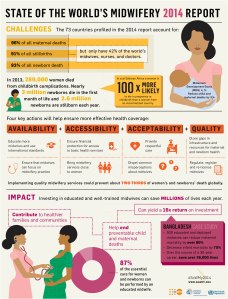This little Ethiopian proverb has been thrown at me a few times since moving to Addis. The first time I heard it, was the first day of moving into my house. I thought for sure I could get my gas bottle and bathroom taps fixed in a day. And again at work, when I was trying to get my head around who does what and how, and what their names are (and what those names mean) I was also told, “Kes be kes Emmy”!
There’s been a variety of wise folk who part such wisdom on me with this phrase, and boy do they know what they’re talking about. If I find myself getting frustrated with something like how to top up my internet and mobile credit, or how to purchase a 20 litre water bottle and then cart it home, I just think about that little egg, slowing cracking (for a chick to come out, not crack in the literal sense) and learning to walk.
Or if I’m going through the usually painless process of booking a flight, which wasn’t at all the case last week with my attempt to get to the beautiful Tigray region in Northern Ethiopia. Seriously, I had to channel that little egg quite a few times in my ordeal with Ethiopian Airlines.
In a nutshell (or should I say eggshell), over the course of 3 days this was my conversation with the airline staff:
Day 1 – “Sure, your flight is confirmed”
Day 1 – “Wait – hold on – where’s your residents permit?”
“It’s not processed yet” (‘kes be kes’ remember)
Day 1 – “Ok, I can’t confirm your ticket then”
Day 2 – “Hi Emmy, your ticket is now confirmed”
Later on Day 2 – “Sorry, Emmy, your flight is now full and your ticket is not confirmed, please call us in a couple of hours to see if there has been a cancellation”
A few hours later – I call (6 times) and the line is busy each time. I then get through to someone and my credit runs out! (refer to earlier frustrations with internet and mobile credit top up process…)
Day 3 (10am) – “Hi Emmy, your flight today at 3pm is confirmed!”

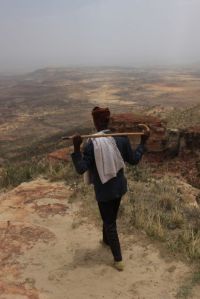
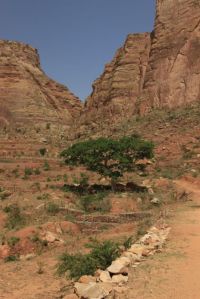
Gheralta – Tigray – Norther Ethiopia. Completely worth the Airline ordeal!
The ‘kes be kes’ phrase couldn’t have been more perfect for me last week. What with setting up the house with all the usuals, like a bed!
 It’s not quite complete, but it’s getting there! (This may or may not be a photo of Emperor Haile Selassie bedroom…)
It’s not quite complete, but it’s getting there! (This may or may not be a photo of Emperor Haile Selassie bedroom…)
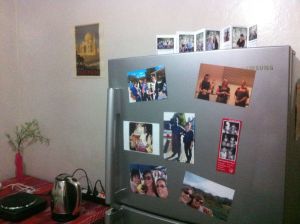
But the fridge is looking good. (Nari – you and your farewell ‘home-sweet-home’ decorating gift pack has successfully taken over the fridge!)
So as I slowly get sorted with life in Addis, the ‘kes be kes’ phrase has begun to grow on me, and I’m beginning to see this might well be my mantra for Ethiopia. Hell, I’ve even caught myself quoting it to others.
But the examples I give above are hardly big issues when I compare them to what this country is setting out to achieve. From what I’ve learnt so far, Ethiopia has big plans to lift its population out of poverty and develop into a sustainable economy. Check it out:
The vision: Achieve middle-income status by 2025 in a climate-resilient green economy.
The challenge: Realise economic development goals in a sustainable way
The plan: Follow a green growth path that fosters development and sustainability
Ha! Can you believe it? A government that sees it is experiencing the effects of climate change, and I quote “recognises climate change presents the necessity and opportunity to switch to a new, sustainable development model”.
As such, Ethiopia has initiated the Climate-Resilient Green Economy (CRGE) initiative to protect the country from the adverse effects of climate change and to build a green economy that will help realise its ambition of reaching middle income status before 2025.
Bam!
According to World Bank reports, Ethiopia has achieved much with regards to its development goals. “Over the past two decades, there has been significant progress in key human development indicators: primary school enrolments have quadrupled, child mortality has been cut in half, and the number of people with access to clean water has more than doubled. These gains, together with more recent moves to strengthen the fight against malaria and HIV/AIDS, paint a picture of improved well-being in Ethiopia”. Sure, it’s ‘kes be kes’ progress but I think it’s important to acknowledge these successes, especially when we hear so little of Africa’s good stories.
Other plans from the current five-year development plan include key goals focused on the construction of 2,395km of railway line. And going by the workers who are building the railway in Addis, it’s clear to see they also need to take the ‘kes be kes’ approach, especially with heavy rains interrupting their progress each day, not to mention power and water cuts. Regardless of these interruptions, everyone just gets on with it. And still, they smile!
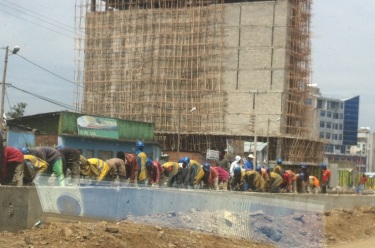 Workers hard at it laying the railway tracks – by hand!
Workers hard at it laying the railway tracks – by hand!
As I slowly settle into my role at EMA – the Ethiopian Midwives Association, (kes be kes), I’m learning more and more about the role midwives play in reducing the maternal and infant mortality rates. I’m overwhelmed by the progress that is being made in this area, as well as being overwhelmed by what still needs to be achieved.
Also part of the Government’s five-year plan is to reduce the maternal mortality rate by more than half from 590 per 100,000 to 267 per 100,000. Maternal mortality rates gets bandied about as a description quite often so to make it more ‘real’, what we’re looking at currently in Ethiopia, is that out of 1000 births, 590 women die during pregnancy and childbirth. Which translates into 24,000 women dying each each year. In Australia it’s 6 per 100,000, 13 women.
The solution to addressing this issue is the same all over the world – ‘implementing quality midwifery services could prevent 2/3rds of women’s deaths’.
EMA, the organisation I’m working with, has a big part to play in that solution. They work closely with the Ethiopian Government who has set a target of training 8635 midwives by 2015. In 2008, there were only 1275 midwives in Ethiopia. As of 2012 there were 4725 formally trained midwives. And with over 7000 midwifery students currently completing their qualifications, the goal is looking atainable. Kes be kes.
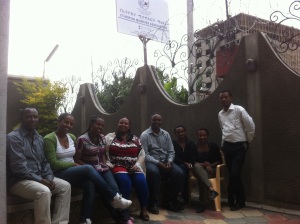 EMA staff just back from our tea/coffee break at what they call the ‘Sheraton’ – a little tarpaulin shack around the corner…I like my colleagues sense of humour!
EMA staff just back from our tea/coffee break at what they call the ‘Sheraton’ – a little tarpaulin shack around the corner…I like my colleagues sense of humour!
Speaking of humour, and chickens, it must be that point of the blog post to share a somewhat relevant joke. I do have an awesome chicken joke about a cow and a chicken, in a bar…but unfortunately it just won’t work in the written form…so here’s another one:
What do you call a chicken with a piece of lettuce in its eye?
~ A Chicken sees-a-salad
And in case you’re wondering, the gas bottle and bathroom taps are still yet to crack the eggshell and walk! Kes be kes…
[Bolg]


